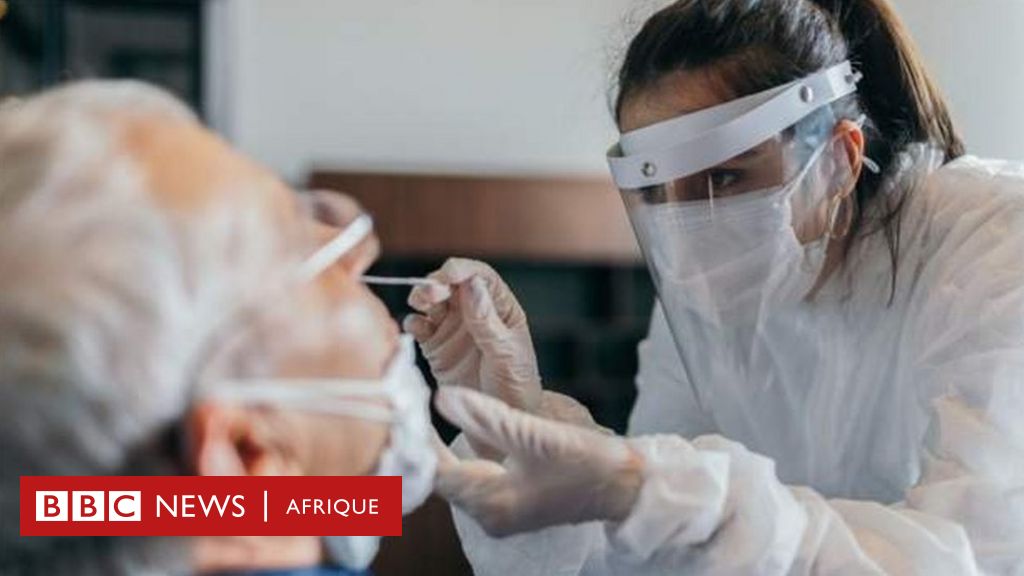Dresden. The service staff practically fly from table to table. It is prime time in the Italian restaurant “Mamma Mia” near the Kreuzkirche. And that on a Thursday evening at 6 p.m. At best, one week in advance the appetite for Italian cuisine should be established, because that’s how long the waiting time for one of the coveted online reservations is currently. Is that the long-awaited rush to the Dresden restaurants?
“Our restaurant was always well attended – with and without a pandemic,” emphasizes Mamma Mia owner Valerio Raso. Online reservations have now become the be-all and end-all. Walk-in customers also drop by, but the tables cannot be filled “more than full”. Thanks to wooden dividers between the individual tables, the restaurateur was able to maintain full occupancy from the time before the corona pandemic.
Valerio Raso, owner of the “Mamma Mia” trattoria, relies on online reservations due to the large number of guests. © Marion Doering
A few hundred meters further on, in the “Alte Meister” restaurant, nestled between the Dresden Zwinger and the Semper Opera House, Tim Graul notices that the Dresdeners seem to want to catch up on what they have missed in the past few months. “The weekends are fully booked two weeks in advance. In September the tables were well filled even during the week,” says the service manager.
Due to the prevailing distance rules, he can serve an average of 20 percent fewer guests in the interior. On the other hand, the idle times at the tables are significantly lower and the fluctuation of guests is higher. And he noticed something else: the per capita turnover has increased. The fear that people would prefer a life with food deliveries to eating out does not seem to be true.
Guests bring more time and money with them
“The guests have come to appreciate the restaurant visit again,” observed Michael Schnellnock. The owner of the “Kahnaletto” restaurant, which is sailing on the Elbe at the level of the Catholic Hofkirche, sees in daily business that the guests are now paying more attention to quality and taking more time. He sees this in the fact that, compared to times before the corona pandemic, people are specifically asked for menus.
However, the restaurateur did not notice a rush to the floating restaurant. Since the “Dresdner Brettl” theater, which is literally in the same boat, currently does not offer any performances, there is a lack of “cultural guests”, as Schnellnock calls them. The Semperoper also always brought many guests to him. In addition, the permanent construction site at the Augustusbrücke complicates business.
Sushi king Wolfgang “Wolle” Förster, who also owns the restaurants “Sushi and Wine”, welcomes more guests again. “Days that were normally poorly attended are now stable,” he says. But appearances are also deceptive: Sometimes two levels are occupied by guests, but there is no question of a “full house”. “We don’t make more sales, but we fill up more space,” says Wolfgang Förster. The bottom line is that the result is a black zero. He also noticed that the out-of-home business with deliveries and collections is at a consistently high level.
Guests accept higher prices
But the restaurateurs agree on one thing: the guests show a lot of understanding for their situation. For example, the increased prices due to the general price increases on the market as well as the additional expenditure for hygiene regulations hardly bother any guest bitterly. “Almost all prices are currently increasing. Many guests understand our measures,” says Kahnaletto boss Schnellnock. And the sushi king Förster adds: “We are increasing the prices by five percent. If we were to pass everything on to the customer, it would have to be 20 percent.”
The 3G rule, which only allows those who have been vaccinated, recovered or tested in the interior of the restaurateurs, only occasionally causes discussions or arguments. “I was skeptical at the beginning, but I am positively surprised,” says “Old Masters” service manager Tim Graul. Over 90 percent of his guests are vaccinated. It only happens once a week that guests come to the restaurant unprepared. “But even then we will find a solution,” he says.
–


